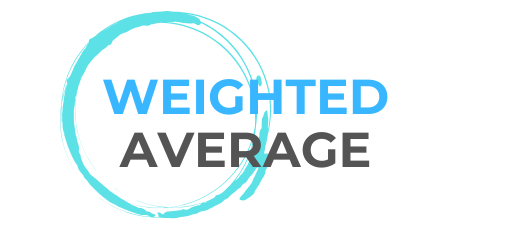
Photo by Allison Shelley for EDUimages
Get stories like this delivered straight to your inbox. Sign up for The 74 Newsletter
When my daughter started ninth grade at her New York City public high school, she was placed in algebra 1. She’d already passed it in eighth grade but, due to the pandemic, hadn’t taken the Regents exam necessary to move on to geometry. I didn’t think it was a problem. My math-and-physics-teacher husband did. He pointed out that if she repeated algebra 1 in ninth grade instead of taking geometry, she wouldn’t be eligible for calculus senior year. It took me weeks of negotiation before I was able to get the school to transfer her. I’m glad I did. Because my husband was right.
With many colleges dropping standardized testing for applicants, transcripts featuring calculus — preferably Advanced Placement — have come to signify rigor to admissions officers. However, nearly 20% of American high school students have no access to calculus whatsoever. As a result, a scant 2% of science, technology, engineering and math majors who arrive at college needing to take precalculus manage to earn a STEM bachelor’s degree, while those who didn’t progress past algebra 2 in high school have a less than 40% chance of earning any four-year degree whatsoever.
This problem begins in middle school. As I learned with my daughter, students who are not offered algebra 1 until ninth grade are de facto removed from the advanced math track. They will take geometry in 10th grade, algebra 2 in 11th and pre-calculus — not calc — in 12th.
That may not be an insurmountable impediment for non-STEM majors, though it still affects which colleges all applicants ultimately get accepted to. But how many 14-year-olds are absolutely certain of their future career goals? My daughter had no interest in STEM until the summer between her junior and senior years of high school, when she participated in a Manhattan College program introducing female and minority students to engineering. She’s now applying to college as an electrical engineering major, something that would be more difficult if she’d stayed on the curriculum path that terminated before calculus.
My husband insisted on keeping all doors open for our daughter, which is something all students deserve. In order to make that happen, however, all students would need to be able to take algebra 1 before high school.
Nationally, only about 20% of middle schools offer algebra 1 to all their students, while 60% report some availability. And those opportunities are not equal. A 2023-24 survey by the Rand Corp. determined that “nearly half of the wealthiest schools offered algebra to all of their eighth grade students, regardless of math ability, compared with about a third of the poorest schools.”
My daughter, as I’ve written before, is not a natural mathematician. She was fortunate that her middle school offered eighth grade algebra to all students. If she’d attended a program that didn’t have the course available, or one that dictated who could sign up based on prior mathematical knowledge, her future options might have narrowed as early as elementary school, when she wasn’t performing at the top of the class. If she’d gone to a high-poverty school instead of a wealthy one, she likely would have had no chance to give eighth grade algebra a try.
As of 2023, only about 24% of American eighth graders were enrolled in algebra 1, though that doesn’t necessarily mean they all passed.
What this all shows is that at least 75% of American public school kids are going to have a harder time getting into — and succeeding — at a college STEM program than if they’d enrolled having completed calculus. This is especially true for low-income and minority students, who would benefit most from a rigorous college education and a high-paying career.
That’s unconscionable. That’s unacceptable.
School is supposed to be about expanding opportunities, not limiting them.
Get stories like these delivered straight to your inbox. Sign up for The 74 Newsletter


![EURUSD Futures (6E Mar 2025): Key Price Levels for Traders Today [Jan 02, 2025]](https://weightedaverage.fun/wp-content/uploads/2025/01/EURUSD-Futures-6E-Mar-2025-Key-Price-Levels-for-Traders.jpg)

